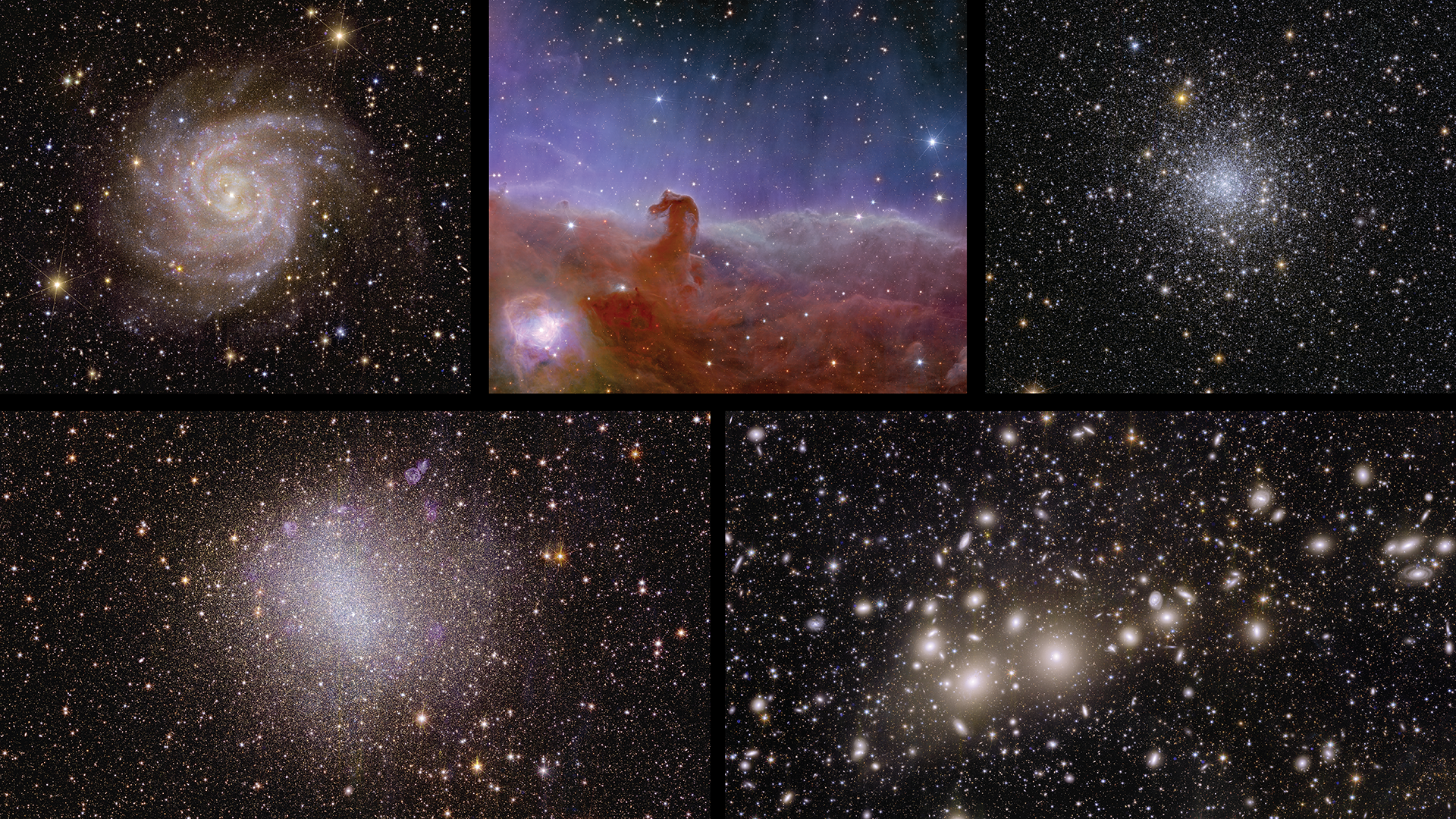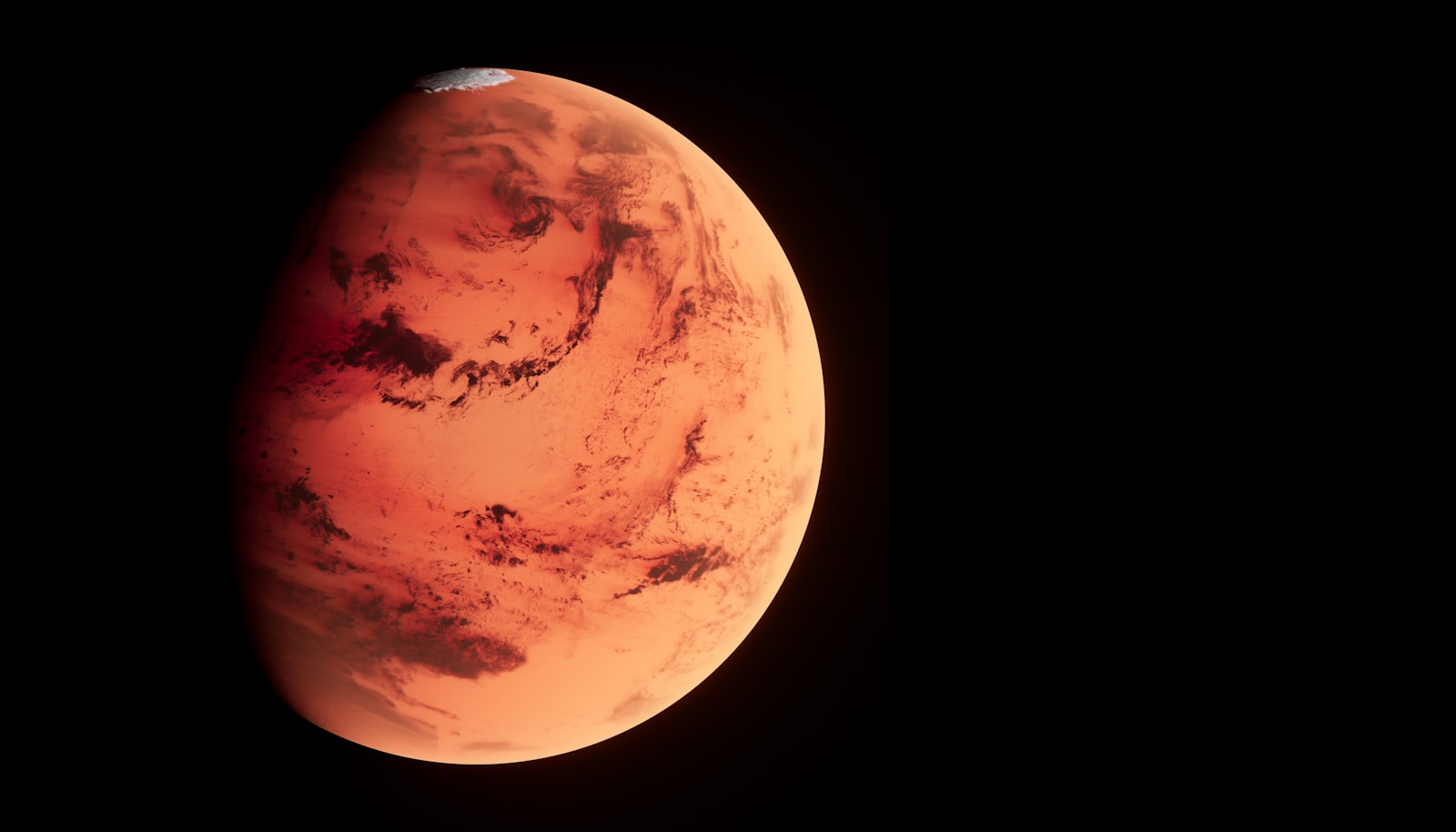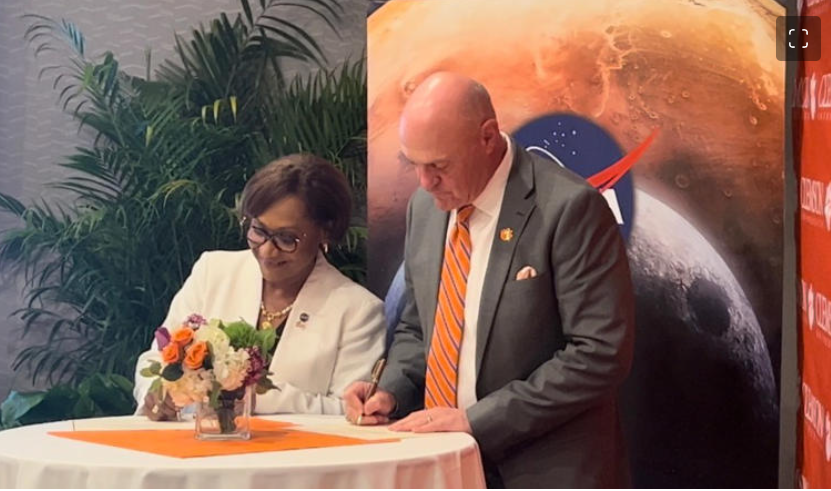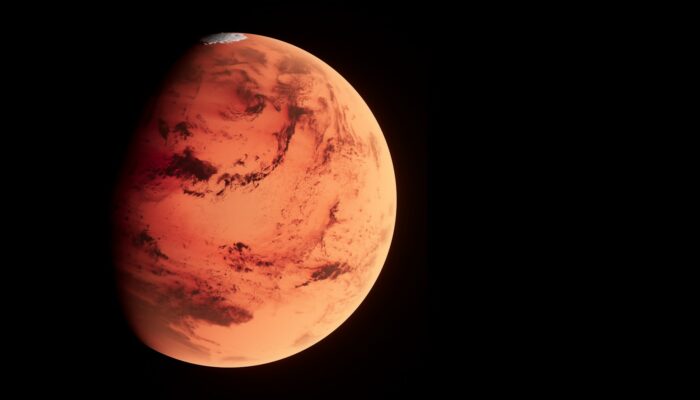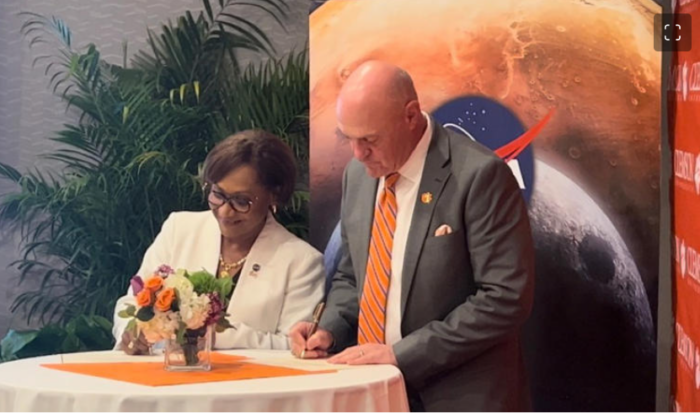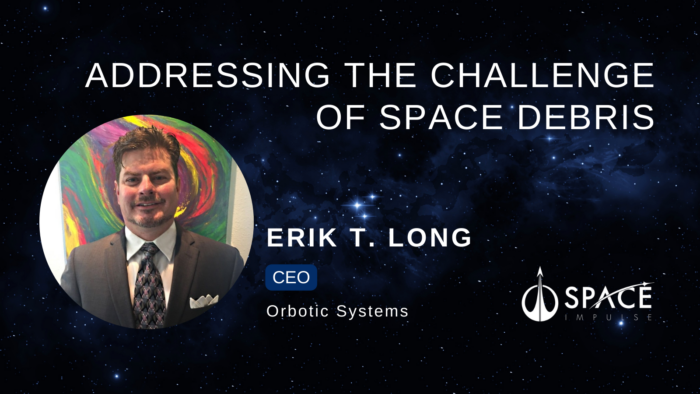Space Impulse Brief:
- ESA’s Euclid space mission reveals its first full-colour images of the cosmos.
- These five images illustrate Euclid’s full potential; they show that the telescope is ready to create the most extensive 3D map of the Universe yet, to uncover some of its hidden secrets.
- Over six years, Euclid will survey one third of the sky with unprecedented accuracy and sensitivity.
PRESS RELEASE — November 7, 2023 — ESA’s Euclid space mission reveals its first full-colour images of the cosmos. Never before has a telescope been able to create such razor-sharp astronomical images across such a large patch of the sky, and looking so far into the distant Universe. These five images illustrate Euclid’s full potential; they show that the telescope is ready to create the most extensive 3D map of the Universe yet, to uncover some of its hidden secrets.
Euclid, our dark Universe detective, has a difficult task: to investigate how dark matter and dark energy have made our Universe look like it does today. 95% of our cosmos appears to be made of these mysterious ‘dark’ entities. But we don’t understand what they are because their presence causes only very subtle changes in the appearance and motions of the things we can see.
To reveal the ‘dark’ influence on the visible Universe, over the next six years Euclid will observe the shapes, distances and motions of billions of galaxies out to 10 billion light-years. By doing this, it will create the largest cosmic 3D map ever made.
What makes Euclid’s view of the cosmos special is its ability to create a remarkably sharp visible and infrared image across a huge part of the sky in just one sitting.
The images released today showcase this special capacity: from bright stars to faint galaxies, the observations show the entirety of these celestial objects, while remaining extremely sharp, even when zooming in on distant galaxies.
“Dark matter pulls galaxies together and causes them to spin more rapidly than visible matter alone can account for; dark energy is driving the accelerated expansion of the Universe. Euclid will for the first-time allow cosmologists to study these competing dark mysteries together,” explains ESA Director of Science, Professor Carole Mundell. “Euclid will make a leap in our understanding of the cosmos as a whole, and these exquisite Euclid images show that the mission is ready to help answer one of the greatest mysteries of modern physics.”
“We have never seen astronomical images like this before, containing so much detail. They are even more beautiful and sharp than we could have hoped for, showing us many previously unseen features in well-known areas of the nearby Universe. Now we are ready to observe billions of galaxies, and study their evolution over cosmic time,” says René Laureijs, ESA’s Euclid Project Scientist.
“Our high standards for this telescope paid off: that there is so much detail in these images, is all thanks to a special optical design, perfect manufacturing and assembly of telescope and instruments, and extremely accurate pointing and temperature control,” adds Giuseppe Racca, ESA’s Euclid Project Manager.
“I wish to congratulate and thank everyone involved with making this ambitious mission a reality, which is a reflection of European excellence and international collaboration. The first images captured by Euclid are awe-inspiring and remind us of why it is essential that we go to space to learn more about the mysteries of the Universe,” says ESA Director General Josef Aschbacher.
New discoveries, soon
Euclid’s first view of the cosmos is not only beautiful, but also immensely valuable for the scientific community.
Firstly, it showcases that Euclid’s telescope and instruments are performing extremely well and that astronomers can use Euclid to study the distribution of matter in the Universe and its evolution at the largest scales. Combining many observations of this quality covering large areas of the sky will show us the dark and hidden parts of the cosmos.
Secondly, each image individually contains a wealth of new information about the nearby Universe (click on the individual images to learn more about this). “In the coming months, scientists in the Euclid Consortium will analyse these images and publish a series of scientific papers in the journal Astronomy & Astrophysics, together with papers about the scientific objectives of the Euclid mission and the instrument performance,” adds Yannick Mellier, Euclid Consortium lead.
And finally, these images take us beyond the realm of dark matter and dark energy, also showing how Euclid will create a treasure trove of information about the physics of individual stars and galaxies.
Getting ready for routine observations
Euclid launched to the Sun-Earth Lagrange point 2 on a SpaceX Falcon 9 rocket from Cape Canaveral Space Force Station in Florida, USA, at 17:12 CEST on 1 July 2023. In the months after launch, scientists and engineers have been engaged in an intense phase of testing and calibrating Euclid’s scientific instruments. The team is doing the last fine-tuning of the spacecraft before routine science observations begin in early 2024.
Over six years, Euclid will survey one third of the sky with unprecedented accuracy and sensitivity. As the mission progresses, Euclid’s bank of data will be released once per year, and will be available to the global scientific community via the Astronomy Science Archives hosted at ESA’s European Space Astronomy Centre in Spain.
Contact Information:
ESA Media Relations
Email: [email protected]
SOURCE: ESA
Featured image: Euclid’s first images: the dazzling edge of darkness. Credit: ESA/Euclid/Euclid Consortium/NASA, image processing by J.-C. Cuillandre (CEA Paris-Saclay), G. Anselmi, CC BY-SA 3.0 IGO
For more market insights, check out our latest space industry news here.
Share this article:
